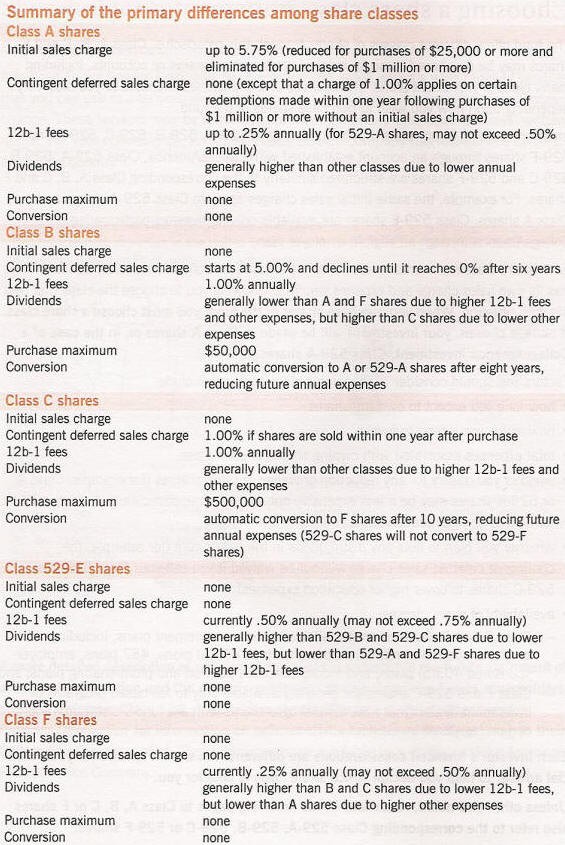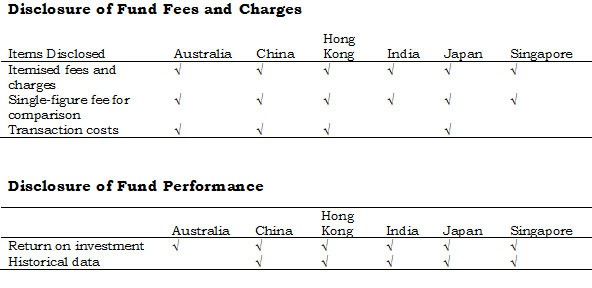Fact Sheet Report on Mutual Fund Fees and Expenses
Post on: 25 Июнь, 2015 No Comment

Major Recommendations
January 10, 2001
I. Introduction and Summary
The Report on Mutual Fund Fees and Expenses (Report) presents the results of a two-year study by the Division of Investment Management of trends in mutual fund fees and expenses. The Report was announced by Chairman Levitt in September 1998, during a Congressional hearing concerning mutual fund fees and expenses and transparency in the United States debt market. Chairman Levitt stated that the staff would review trends in the overall level of fees, the manner in which fees are assessed, whether economies of scale are passed on to shareholders, and the level of fees charged on funds that are distributed through 401(k) plans. In order to make the fee information more understandable and provide appropriate context, we expanded the scope of the Report to include a narrative description of the statutory framework with respect to fund fees and expenses, how the framework has evolved to meet changes in the industry, recent Commission initiatives, and our recommendations on how to improve the corporate governance structure for the oversight of fund fees and the disclosure that investors receive regarding fees.
The Report also discusses the additional fee disclosure that the United States General Accounting Office recommended in its recent report on mutual fund fees. As described below, the Division of Investment Management’s report recommends that the dollar amount of fees incurred indirectly by the shareholder be included in fund annual and semi-annual reports. The recommended approach is designed to make it easy for investors to compare the dollar amount of expenses of different funds and to enable investors to evaluate the information about fees alongside other key information about the fund’s operating results.
II. Major Findings
The major findings of the fee study are presented below, in question-and-answer format.
Are expense ratios different for different categories of funds?
Yes. Mutual fund expense ratios (i.e.. a fund’s total expenses, including rule 12b-1 fees, divided by its average net assets) vary based on the types of investments that they make and to whom they are sold. For example:
2. What has been the overall trend in fund expenses and what factors may account for this trend?

3. How do expense ratios vary based on fund size?
III. Major Recommendations
The Report concludes that the current statutory framework’s primary reliance on disclosure and procedural safeguards to determine mutual fund fees and expenses, rather than on fee caps or other regulatory intervention, is sound and operates in the manner contemplated by Congress. The Report recommends, however, that the framework can be enhanced in certain areas. A brief summary of our recommendations follows. (These recommendations are more fully discussed in Section IV of the Report.)
The Report recommends that the Commission evaluate carefully the GAO proposal to require mutual funds and/or broker-dealers to send fund shareholders account statements that include the dollar amount of the fund’s fees that each investor has indirectly paid, as well as other alternatives, taking into account the benefits, costs, and burdens that would be associated with each alternative. The Report agrees with the GAO that the fund industry and the Commission should encourage fund shareholders to pay greater attention to fees and expenses. The Report expresses the Division of Investment Management’s general view that any additional fee information, including the dollar amount of fees, would most appropriately be provided in semi-annual and annual shareholder reports.
More specifically, the Report recommends that the Commission consider a disclosure approach that is based on one of the alternatives that was identified by the GAO. The recommended approach would require that fund semi-annual reports to shareholders include a table that shows the cost in dollars that was incurred by a shareholder who invested a standardized amount (e.g.. $10,000) in the fund, paid the fund’s actual expenses, and earned the fund’s actual return for the period. In addition, the Commission could require that the table include the cost in dollars, based on the fund’s actual expenses, of a standardized investment amount (e.g.. $10,000) that earned a standardized return (e.g.. 5%). Because the only variable for this calculation would be the level of expenses, investors could easily compare the cost of owning one fund to another fund. This approach would also allow shareholders to evaluate the fee information alongside other key information about the fund, including management’s discussion of the fund’s performance. In effect, shareholders would be able to evaluate the costs they pay against the services they receive.
The Report notes that rule 12b-1 under the Investment Company Act of 1940, the rule that permits fund directors to approve a plan to use fund assets to pay for distribution and marketing expenses, is now 20 years old. The Report recommends that the Commission consider whether the procedural requirements of Rule 12b-1 need to be modified to reflect changes in the way in which funds are marketed and distributed and the experience gained from observing how the rule has operated since it was adopted in 1980.
Finally, the Report recommends that the Commission continue its rulemaking and other initiatives to require disclosure of fund returns on an after-tax basis, to improve the financial literacy of investors with respect to mutual funds and their costs, and to encourage fund independent directors to more actively monitor fund fees and expenses.
www.sec.gov/news/extra/mfeefaq.htm














